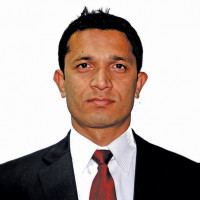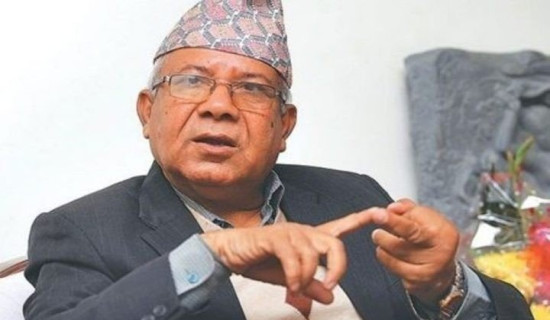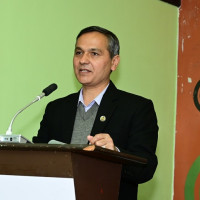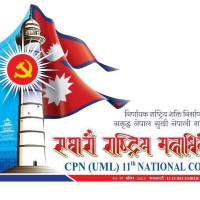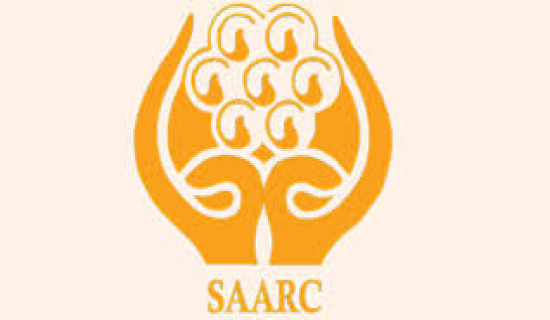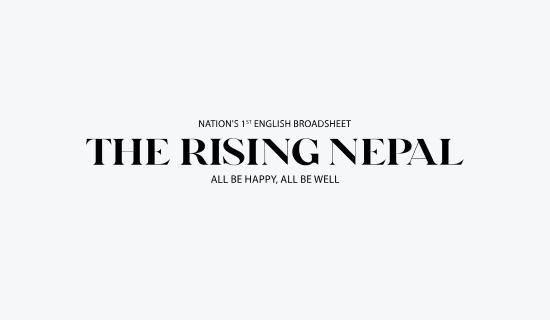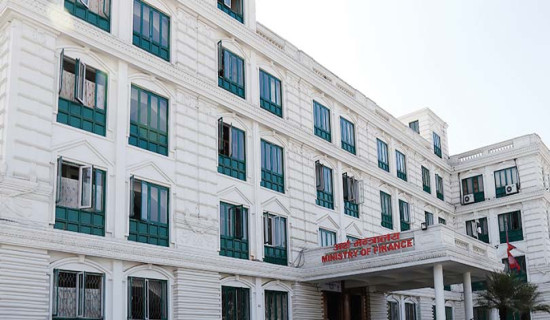- Monday, 15 December 2025
Education budget shrinks, gender gaps widen
Kathmandu, May 24: One of the largest challenges Nepali education sector facing is declining budget allocation in recent years.
Budget allocation to the education sector has witnessed a sharp drop in the last decade – it came down from 15.02 per cent in the Fiscal Year 2014/15 to 10.95 per cent in 2024/25, concluded a study on the Gender Responsive Budget (GRB) conducted by Action Aid International.
On the contrary, according to the Classification of the Functions of Government, the share of public service type expenditure rose significantly from 32.76 per cent in 2014/15 to 44.49 per cent in 2018/19.
The study led by Dr. Menuka Karki was published at a programme in Kathmandu on Friday. Recommended benchmark for budget allocation in education is 20 per cent.
The study found that while more than half of the budget responding to gender is called directly responsive, most local government spending on education is simply gender-neutral.
It also concluded that provincial disparities are extremely high in education sector. The SEE results for 2022 and 2023 show a stark contrast between Bagmati and Karnali provinces. In Bagmati, 47.44 per cent of students achieved a GPA between 3.6 and 4 while only 1.18 per cent of students in Karnali reached this GPA range, read the report.
Similarly, the institutional schools have a higher number of teachers per school compared to community schools. "In 2023, out of 36,032 schools, 75.9 per cent were community schools that were employing 63 per cent of all teachers. But institutional schools which make up to 20.5 per cent of all schools, employ 36 per cent of the total teachers," the report said.
According to it, community schools face increasing enrollments compared to institutional schools up-to secondary level. However, institutional schools witness a slight increase in enrollment at the higher secondary level (class 11 and 12) compared to class 9 and 10. "This is driven by the availability of specialised subjects like science and management, which are more commonly offered in institutional schools up to secondary level."
Citing the budget allocation for 2021/22, Dr. Karki said that although about 8.64 per cent of education expenditures were classified directly supportive of women, 91 per cent as indirectly supportive and 0.5 per cent as gender-neutral, a deeper analysis showed that the classifications are inconsistent and often ad hoc, relying on subjective central-level estimates rather than systematic scoring mechanisms.
She suggested more systematic and transparent process to ensure meaningful gender responsiveness in education budgets.
Local levels' budget is largely gender-neutral Speaking on the occasion, Economist Dr. Dilli Raj Khanal, said that the overall budget allocation trend in education is disappointing.
"Very limited budget is directly gender responsive. In 2023/24, only 8.83 per cent of the local level budget is directly gender responsive while above 76 per cent is gender-neutral," he said.
Dr. Khanal suggested for a legal framework for the GRB - "This will lead to integrate it more forcefully in both planning and fiscal system of all governments."
According to him, simply allocating funds is not enough, a gender-responsive decision-making process is essential for effectively addressing gender inequality. The GRB process in Nepal needs to be more focused, data-driven, and empirically based for its impact on gender equality that could also ensure achieving the Sustainable Development Goal 5 - achieving gender equality and empowering all women and girls.
The study also pointed to the need for alternative arrangement through budgetary provision to address the scarcity of teachers due to maternity leave by female teachers.
Need for enhancing women's role in development Speakers of the programme demanded more resource allocation to gender and promotion of gender equity by enhancing women's role in development process.
Ammar Bahadur Thapa, Chairperson of Education, Health and IT Committee of the House of Representatives, said that the lawmakers should be sensitised on the issues and agenda of the GRB to make it more effective and result-oriented.
Former Minister Rekha Sharma said that the government need to give priority to the holistic development of education. "We are more focused on infrastructure and hardware development in education sector while human development and quality issues have taken a back seat. This is unfortunate," she said.
The GRB system was introduced in Nepal by the Ministry of Finance through the budget of Fiscal Year 2007/08 but, still, gender budget indicators are not embedded in key planning frameworks like the Annual Strategic Implementation Plan or Mid-Term Expenditure Framework which has limited their integration into programme designs.
The GRB has five indicators with each of them carrying 20 per cent share. They are: participation of women in plan formulation and implementation, empowerment of women, benefits for women in programme and certainty in control including programmes for other target groups, increasing women's employment and income generation, and qualitative improvement in the use of women's time and reduction in workload.


